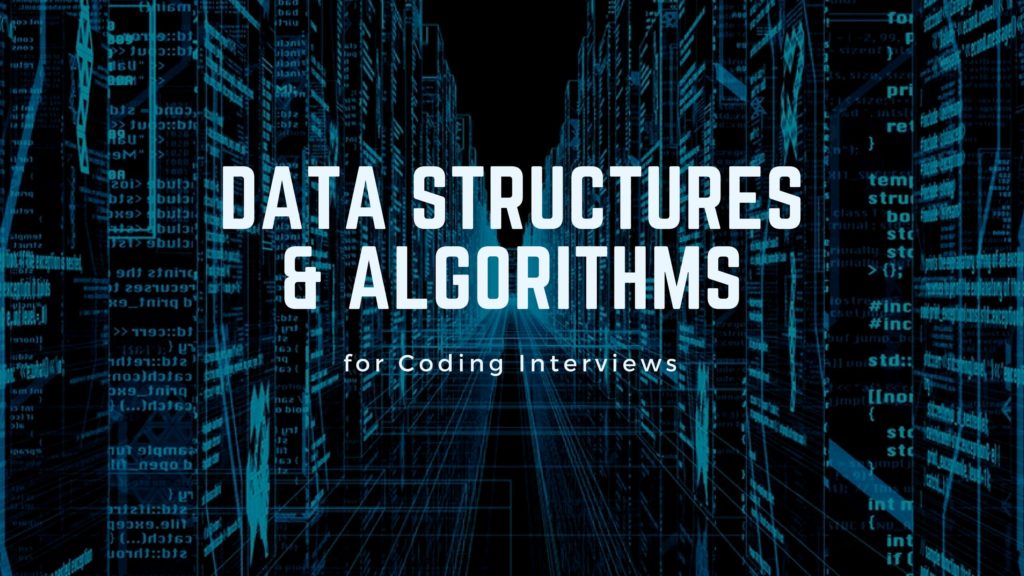9007116752
c3creativedomain@gmail.com

C-Cube
Centre of Computer Education
- Home
- Courses
- Best Data Science Training Institute
- Data Science with R
- Financial Data Analytics
- Data Analysis Training Centre
- Full Stack Development Course Kolkata
- Website Development
- Android App Development
- Programming Training Institute
- Institute For Cyber Security kolkata
- Data Structure & Algorithm
- Digital Marketing Course
- Marketing Analytics Training in Kolkata
- Share Trading Institute
- F.A & Ms-Office
- About Us
- Gallery
- Blog
- Contact Us
1) Learn real-life Problem Solving Techniques.
2) Learn better Efficiency and Optimization.
3) Learn Real-World Applications.
4) Learn Scalability for handling huge amount of data.
5) Learn Cross-Disciplinary Importance
Data Structure & Algorithm (DSA) Training
Need for DSA Training
Here’s why DSA is so crucial:
- Efficiency: Understanding data structures and algorithms helps you write efficient code, which can handle large amounts of data and complex operations quickly.
- Problem Solving: They provide a toolbox of techniques and solutions that can be applied to a wide range of problems.
- Interview Preparation: Many programming job interviews focus on data structures and algorithms because they reveal a candidate’s problem-solving skills and understanding of fundamental concepts.

- Course Overview
- Need for DSA
- Exam & Certification
DSA stands for Data Structures and Algorithms. It is a fundamental concept in computer science that deals with organizing and manipulating data efficiently (data structures) and developing step-by-step procedures to solve computational problems (algorithms). Together, they help in solving problems in an optimal way in terms of time and space complexity.
Data Structures (DS): These are ways to store and organize data in a computer so that it can be used efficiently. Common data structures include arrays, linked lists, stacks, queues, trees, and graphs. Each data structure is suited to different kinds of applications, and choosing the right one is crucial for solving a problem efficiently.
Algorithms (A): Algorithms are sets of instructions or logic to perform a specific task, such as sorting, searching, or traversing through data. Examples include sorting algorithms like quicksort and merge sort, or search algorithms like binary search and depth-first search.
Learning data structures and algorithms is essential for anyone pursuing a career in software development or computer science because they form the backbone of efficient problem-solving. Data structures, like arrays, linked lists, stacks, and queues, help in organizing and storing data in a way that enables efficient access and modification. Algorithms, on the other hand, are the step-by-step procedures used to perform tasks, such as sorting, searching, or optimizing. Mastery of these concepts allows developers to write more efficient, scalable, and robust code, which is crucial for handling large datasets and complex applications.
Additionally, knowledge of data structures and algorithms is critical for excelling in technical interviews, as many companies assess a candidate’s problem-solving ability through algorithmic challenges. Beyond interviews, these concepts also allow for better system design decisions in real-world applications, ensuring that software performs optimally under various conditions. Learning them enhances analytical thinking and provides the tools needed to solve complex problems effectively, which are key skills in software engineering, AI, cybersecurity, and other advanced fields in technology.
Both Theoretical and Practical Exams will be held after 7-10 days of proper completion of the course and our Central Govt. Certificates and Mark-sheets with be provided to successful students.
Course Curriculum
- Introduction to Data Structures ,
- Introduction to Algorithms Complexity, Analysis:
- Big O Notation
- Static and Dynamic Arrays
- Array Operations (Insertion, Deletion, Traversal)
- Singly Linked List
- Doubly Linked List
- Circular Linked List
- Operations (Insertion, Deletion, Reversal)
- Stack Operations (Push, Pop, Peek)
- Applications of Stacks (Expression Evaluation, Backtracking)
- Queue Operations (Enqueue, Dequeue)
- Types of Queues (Circular Queue, Priority Queue, Deque)
- Applications of Queues (Scheduling, Buffering)
- Basic Terminology (Node, Leaf, Root, Height, Depth)
- Binary Trees and Binary Search Trees (BST)
- Tree Traversals (Preorder, Inorder, Postorder, Level Order)
- AVL Trees
- Red-Black Trees
- Segment Trees
- Basic Terminology (Vertices, Edges, Paths, Cycles)
- Graph Representations (Adjacency Matrix, Adjacency List)
- Graph Traversal Algorithms (BFS, DFS)
- Shortest Path Algorithms (Dijkstra, Bellman-Ford)
Quick Contact Form
What does this Course Offer ?
- All Important DSA topics are well covered and explained
- Designed for Working Professionals and Students
- Dedicated Student Support
- Exclusive Job Assistance
- Live coding classes and profile building workshops
- Static Memory vs Dynamic Memory Allocation
- Arrays
- Linked List
- Stack
- Queues
- Trees
- Graphs
- Opportunity to wok on live-projects as part of Internship on reputed Companies.
- Internship work certificate
- Certification on Python from IIT Bombay
- Certification on Diploma in Data Science & ML from Central Govt. of India
Both the below mode of Training is available.
Online Mode – Live Class
Offline Mode
Eligibility Criteria
- Graduates or Colleges Students from any discipline
- No prior work experience required
- No prior coding experience or tech know-how required
Best Suited For
- IT Professionals
- Btech or BCA students
- Recent Graduates